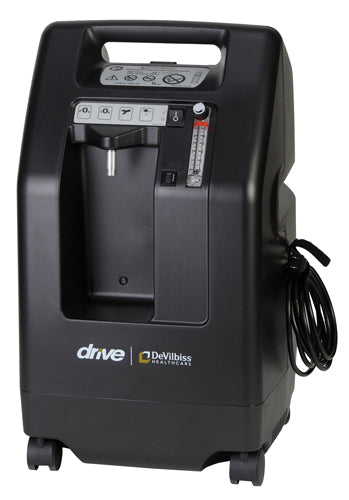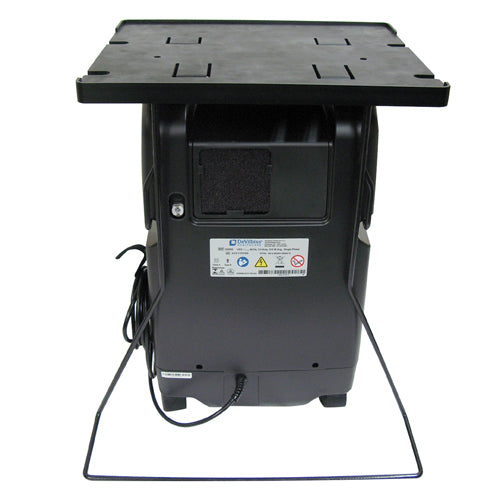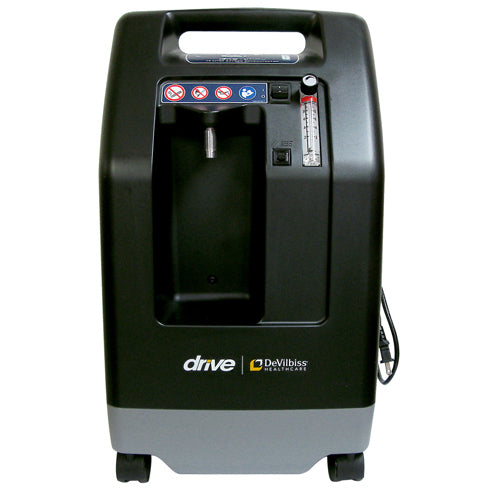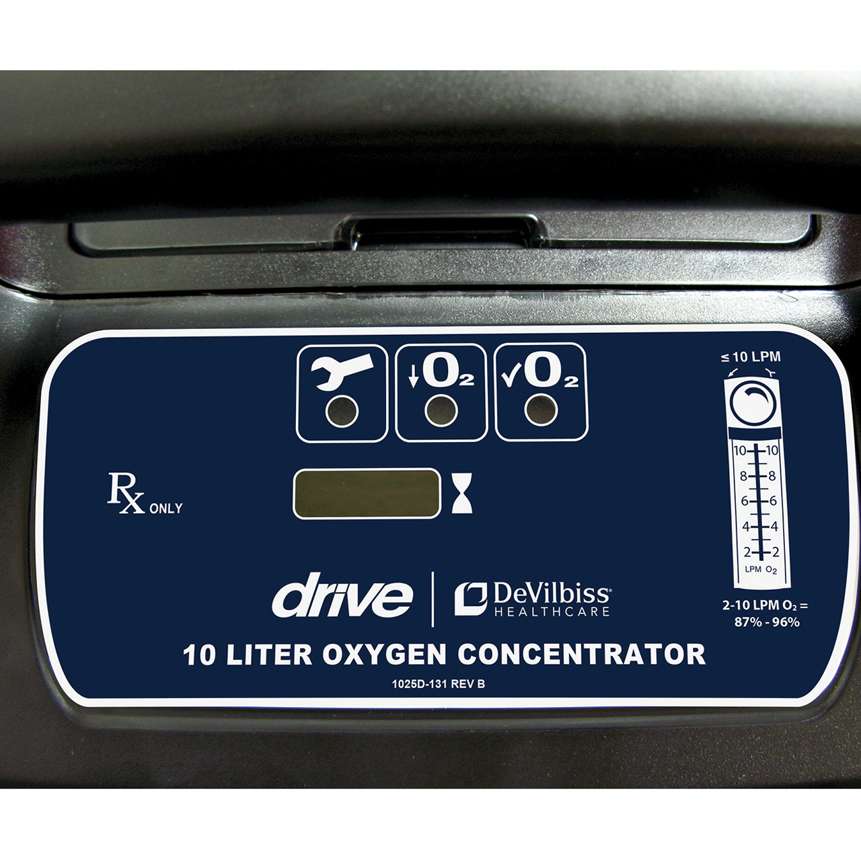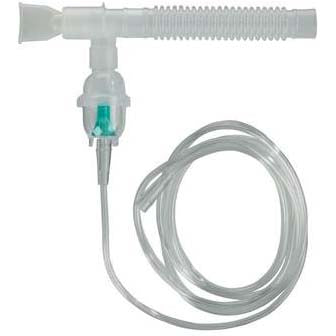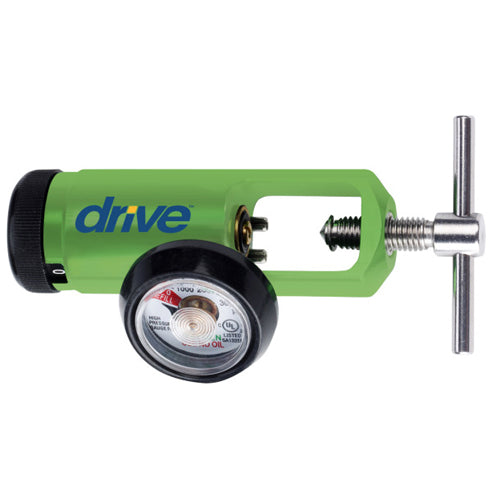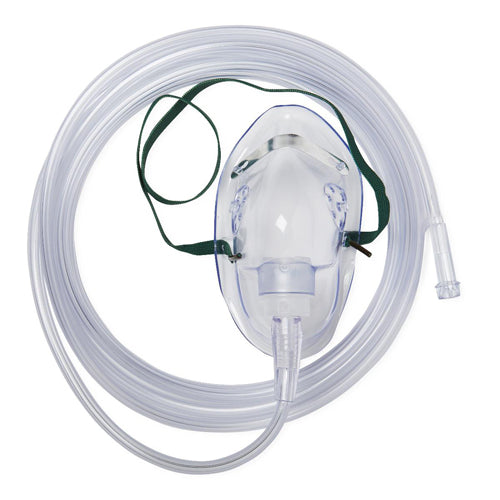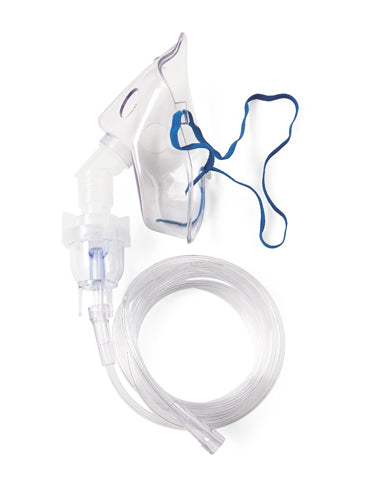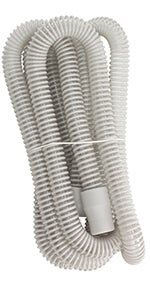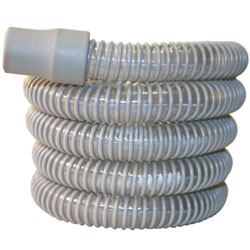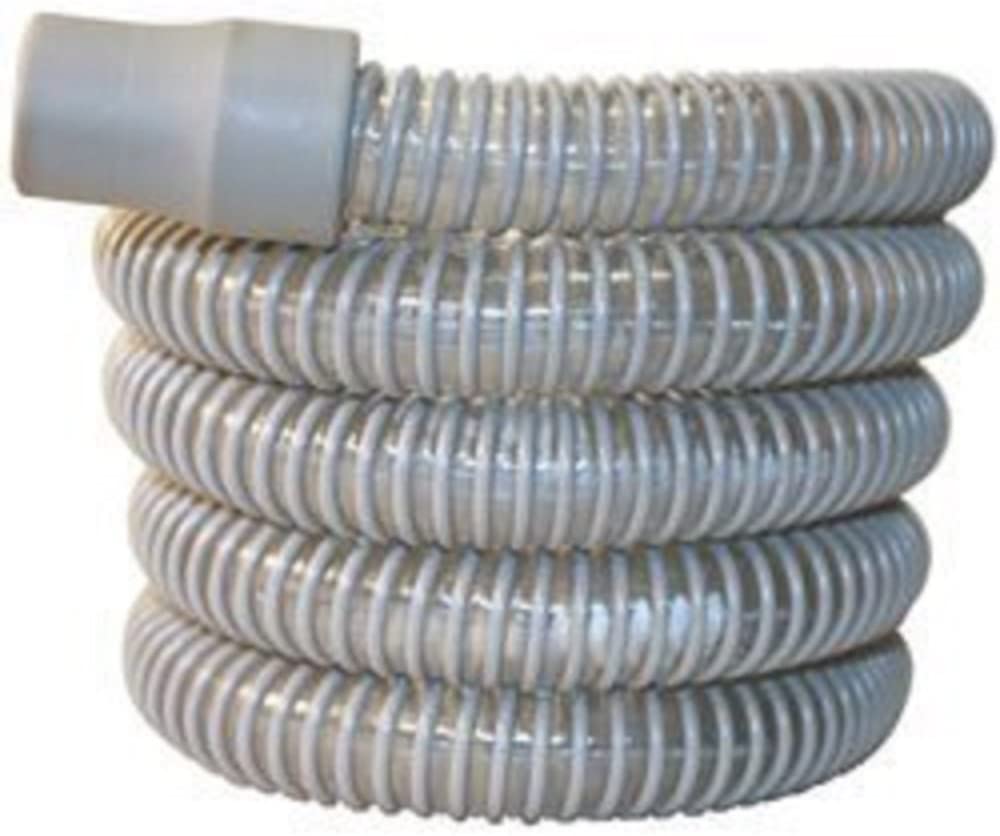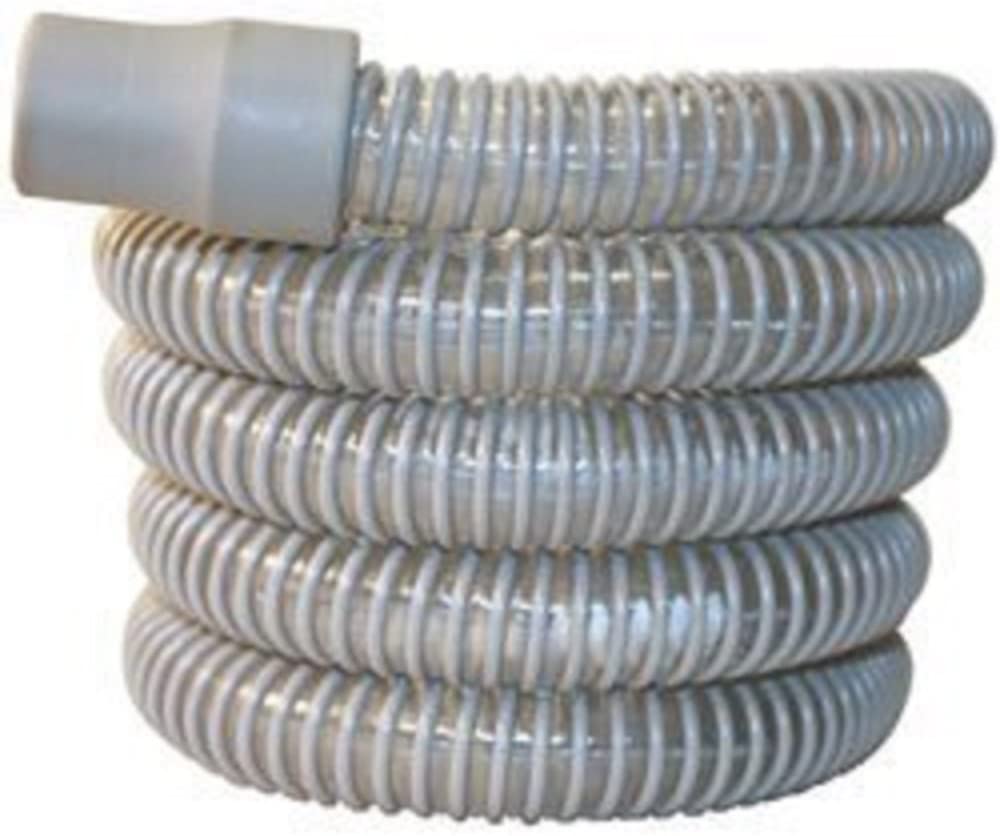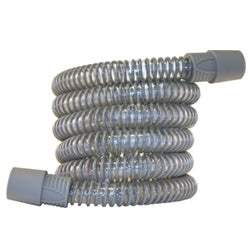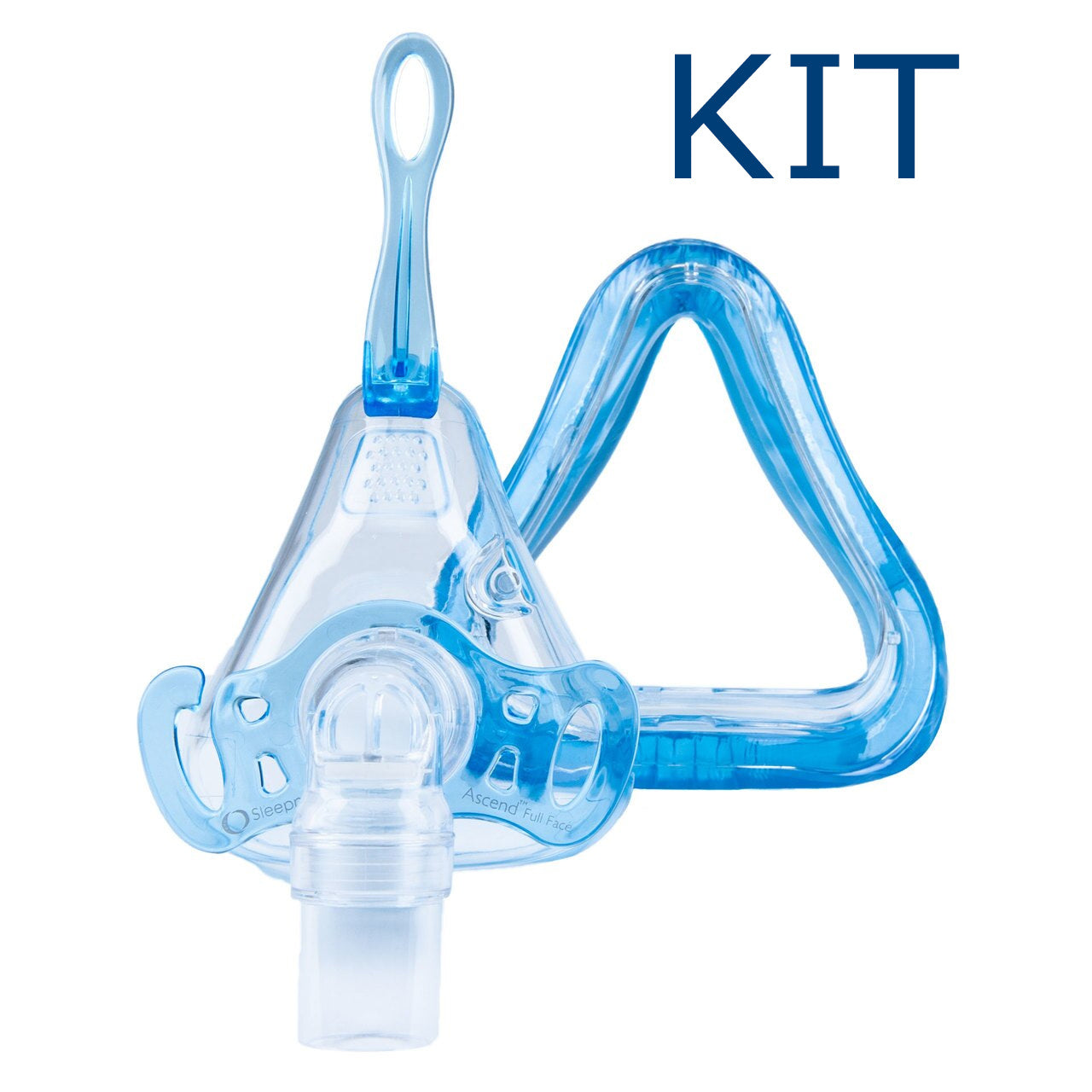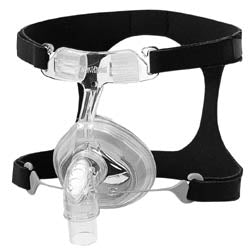The Complete 2025 Guide to Oxygen Management and Respiratory Care Equipment
Relative to other fields of healthcare, attention given to respiratory diseases has ballooned tremendously over the years, especially caring after and dealing with its complexities for patients, caregivers, and professionals. Coping up with chronic respiratory diseases like asthma or COPD, postoperative care, or simply providing care to someone on supplemental oxygen are all aided by wheeled or portable oxygen systems.
In this case, we have put together everything that needs attention with regard to oxygen therapy and its sophisticated management systems, including but not limited to oxygen concentration and nebulization with its masks, tubing, and spare parts. If you need reliable, hospital-grade equipment, whether for home use or clinical settings, keep reading.
What Is Oxygen Management?
This defines ranges from administering, monitoring and controlling supplemental oxygen to a patient who is unable to breathe or whose blood oxygen is low. This type is helpful to maintaining optimal levels of aerobic fitness.
Chronic conditions such as:
-
COPD (progressive lung disease that makes it difficult to breathe)
-
Asthma
-
Pneumonia
-
Sleep Apnea
-
Post Surgical Recovery
-
COVId-19 complications
To effectively provide oxygen, patients and healthcare personnel depend on various devices, including oxygen concentrators, oxygen masks, nebulizers, and tubing with connectors. Let's take a closer look at each of these categories.
1. Concentrators – The Heart of Oxygen Therapy
An oxygen concentrator is defined as a device that takes air from the environment, removes the nitrogen, and provides the user with concentrated oxygen. Unlike traditional cylinders which need to be refilled, concentrators are more renewable and affordable.
Why Concentrators Should Be Emphasized
Chronic Obstructive Pulmonary Disease (COPD) patients undergoing oxygen therapy at home find concentrators to be extremely handy. Optimized for quiet, sustained operation, high-grade products such as the All Care Store’s 5 LPM Oxygen Concentrator, offer maximum efficiency.
Features to look for:
-
Flow rate modification (commonly within the range of 1 to 5 liters per minute)
-
Column gauges for power interruption, and low oxygen levels alarms
-
Light-operated display systems
-
Slim profile designs with lightweight, portable construction
2. Oxygen as well as Delivery Equipment: Masks and Cannulas
Adequate interfaces ensure maximum comfort to the patient while delivering oxygen. These interfaces can be designed as:
-
Standard oxygen masks - best utilized during mid to high oxygen flow
-
Aerosol/oxygen masks - Help when humidification is required
-
Biflo nasal masks with 7' tubing - A hybrid solution for gentler delivery of oxygen through the nose
-
Nasal cannulas - Most suited for patients of low-flow oxygen, enabling talking, eating, or sleeping without discomfort
Unlike many other grade materials, these silicones, soft materials cut down on skin damage. Suffering from prolonged medical care makes these devices softer and gentler on the skin.
Selection criteria are dependent on amount of oxygen user needs and user’s personal comfort.
3. Oxygen Tubing Diagrams and Connectors: The Support System
No oxygen system is complete without the proper tubing. Tubing transports the gas from the concentrator to the patient through a mask or nasal cannula.
Well-designed tubing assures:
-
An uninterrupted stream of air
-
Lack of kinking or collapsing
-
No leaking and contamination
Types of Tubing and Accessories
-
Extension Tubing – useful for perambulatory patients or those with the equipment placed afar
-
CPAP Tubing – used in sleep apnea therapy machines
-
Suction Tubing – clinically required in suction procedures
-
Y-Connectors – used for splitting purposes, to share devices or share oxygen between multiple users
-
Tubing Clamps and Straight Connectors – for appropriate junctions and simple custom configurations
Even the most basic items like a spacer without a base can improve comfort and most importantly, reliability.
4. Oxygen Carts and Storage Accessories
Regulating mobility of personnel and equipment in clinical facilities is critical. Oxygen carts have been specially designed to transport oxygen concentrators and cylinders safely.
In both home care and busy medical facilities, having a mobile cart helps:
-
Ventilate patients in different sections of the facility readily
-
Store and handle oxygen equipment correctly
-
Reduce workload for caregivers
Make sure that the carts have robust frameworks, quiet rolling wheels, and safety brackets to hold oxygen tanks securely in position.
5. Nebulizers: Definitions
Nebulizers are pieces of equipment crucial to providing defined medication in respiratory therapy.
Nebulizers assist in delivering medicine via nebulization in case vaporization is needed.
Not the best types are:
-
Ultrasonic nebulizers – recognized for their low sound level and vibration inducing mists
-
Compressor Nebulizers – utilize compressed air to deliver crafted particles of xenon
-
Mesh Nebulizers – open a door toward portable and stylish designs while also operating on batteries
Other types of Mesh nebulizers are opened for discussion such as:
-
Pediatric Penguin – motives for kiddos and niece and nephew alike
-
Power Neb Ultra Replacement – Sellable with both reusable and cancelable kits
Remaining parts of sputum suctioning that come with mark sets for exams are Frangible Nebulizer Kits that aim at avoiding the kinks.
Whether it concerning asthma and bronchitis or other applicable inhale requiring therapy, strategic advantages make these alluring for patients to boost life quality.
6. Pediatric and Specialty Respiratory Equipment
With children, comfort and safety are the primary concerns. It is well-known that pediatric patients respond to medical treatment more positively when the equipment is designed and functionally user-friendly.
Products designed for younger patients include:
-
Pediatric nebulizer kits, which consist of smaller parts and soft masks
-
Respiratory pacifiers enabling infants to self-soothe while inhaling medication
-
Compressor systems shaped like penguins to aid in patient acceptance of a medical necessity
These design features help form gentle airflow, soft materials, as well as bright appealing colors to make respiratory therapy less frightening for children.
Why Product Quality Really Matters
In respiratory care, an item of equipment is regarded as a pivotal lifeline; hence, it must always be of premium quality.
Assurance of product reliability offers:
-
Delivery of oxygen without any leakages
-
Breakage resistant durable tubes that do not kink, collapse or tear
-
Interruption free medication therapy with dependable compressors
-
Lack of inflammation or soring pressure points from skin irritation causing discomfort to the user
Strategic investment in trusted brands ensures patient comfort along with peace of mind for the families as well as the healthcare professionals.
Routine Maintenance and Replacement: Suggestions
Technological maintenance is as important as effective upkeep of all medical equipment.
-
Replace tubing and masks as recommended—typically every 2–4 weeks
-
Disinfect nebulizer components weekly, clean the reusable components daily
-
Examine tubing for cracks, discoloration, or kinks
-
Replace filters in oxygen concentrators as per manufacturer's protocols
It is evident, that routine upkeep ingrowth the lifespan of your equipment while guaranteeing, that every breath is of utmost value.
Conclusion: Equip Yourself with Confidence
Every single detail ranging from pediatric kits, oxygen carts, through to oxygen concentrators undergo constant change. There is an increasing need of in-home medical solutions and all constituents of the respiratory care equipment serve from helping to maintaining health and enabling overall wellbeing.
For a loved one suffering from conditions restricting a person’s breathing, usage of the right tools in their respiratory, would enhance the efficiency of their care through enabling independence.












